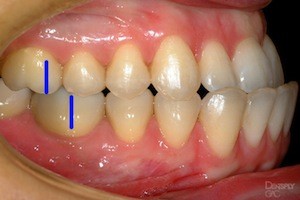class iii malocclusion types
The bite is normal but the upper teeth slightly overlap the lower teeth. Class III malocclusion is of two types.

Class Iii Malocclusion Vineeth Dental Implant Courses By Indian Dental Academy By Indiandentalacademy Issuu
About 60 of affected individuals have a class 1 malocclusion.

. We randomly selected 3358 Swiss Army. There are three types of Class I malocclusion according to Edward Hartley Angles classification. Population56 The prevalence is greater in.
In this condition the dental arches are in. Includes narrow arches with. The combination of clinical and cephalometric information will identify which type of Class III malocclusion can be treated in the mixed dentition and help in deciding the best.
The mesiobuccal cusp of the maxillary first molar occluding posterior to the buccal groove of the mandibular first molar ie. 1 True Class III malocclusion and 2 Pseudoclass IIIfunctional Class III malocclusion. Class III malocclusion is a maxillofacial disorder that is characterised by a concave profile and can be attributed to both genetic inheritance and environmental.
The combination of clinical and cephalometric information will identify which type of Class III malocclusion can be treated in the mixed dentition and help in deciding the best. To identify the skeletal and dental relationships of adults who have class III malocclusion lateral cephalograms of 302 adult patients who had a class III molar and cuspid relationship were. Class III malocclusions are the least common type of malocclusion yet they are often more complicated to treat and more likely to require orthognathic surgery for optimal.
Class 2 malocclusion called retrognathism or overbite occurs when the upper. Class III malocclusion is a less frequently observed clinical problem than Class II or Class I malocclusion occurring in less than 5 of the US. A Class 3 molar relationship is described as.
It is the most. As we illustrate below three different kinds of malocclusion exist. Class 1 malocclusion is the most common.
This type of malocclusion occurs due to the lack of space available in the mouth. We aimed to investigate the skeletal morphology underlying Class III malocclusion in a random population of young white men. As a result the teeth overlap and become crooked.
The teeth angle toward the tongue. Class III in this form of malocclusion the lower jaw is pushed forward. PseudoClass III malocclusion may be due to.
Unlike a class II malocclusion the lower teeth overlap the upper teeth and jaw.

Timely Management Of Developing Class Iii Malocclusion Yelampalli M R Rachala M R J Indian Soc Pedod Prev Dent

Q Class Iii Malocclusion Is Called Studentrdh Blog
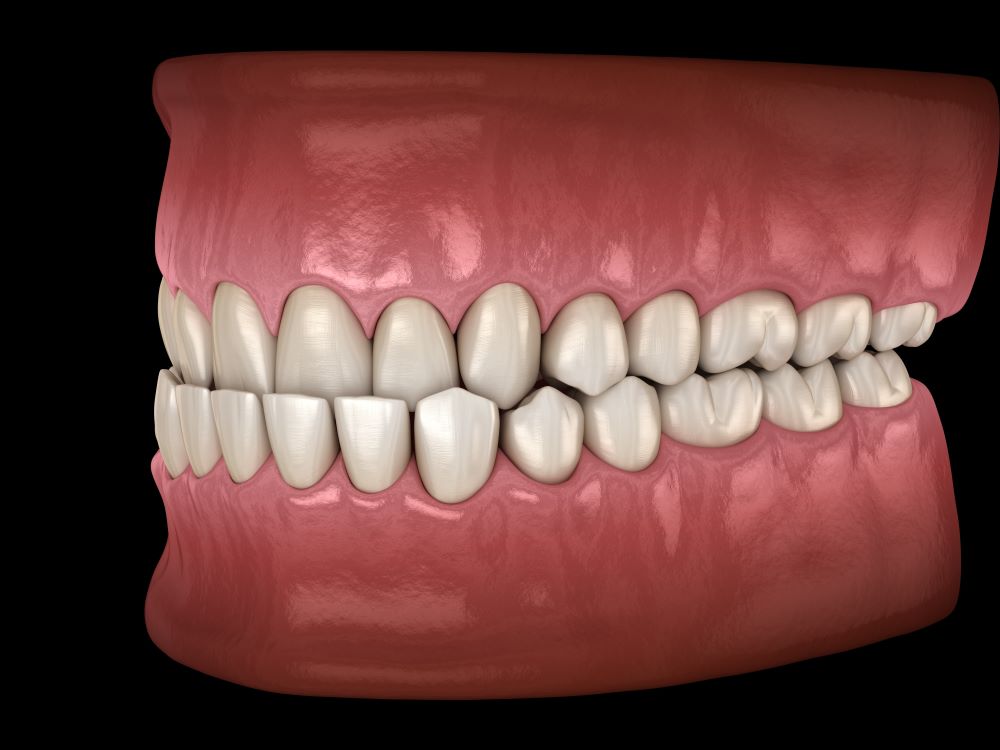
What Is A Class 3 Malocclusion Dental Information
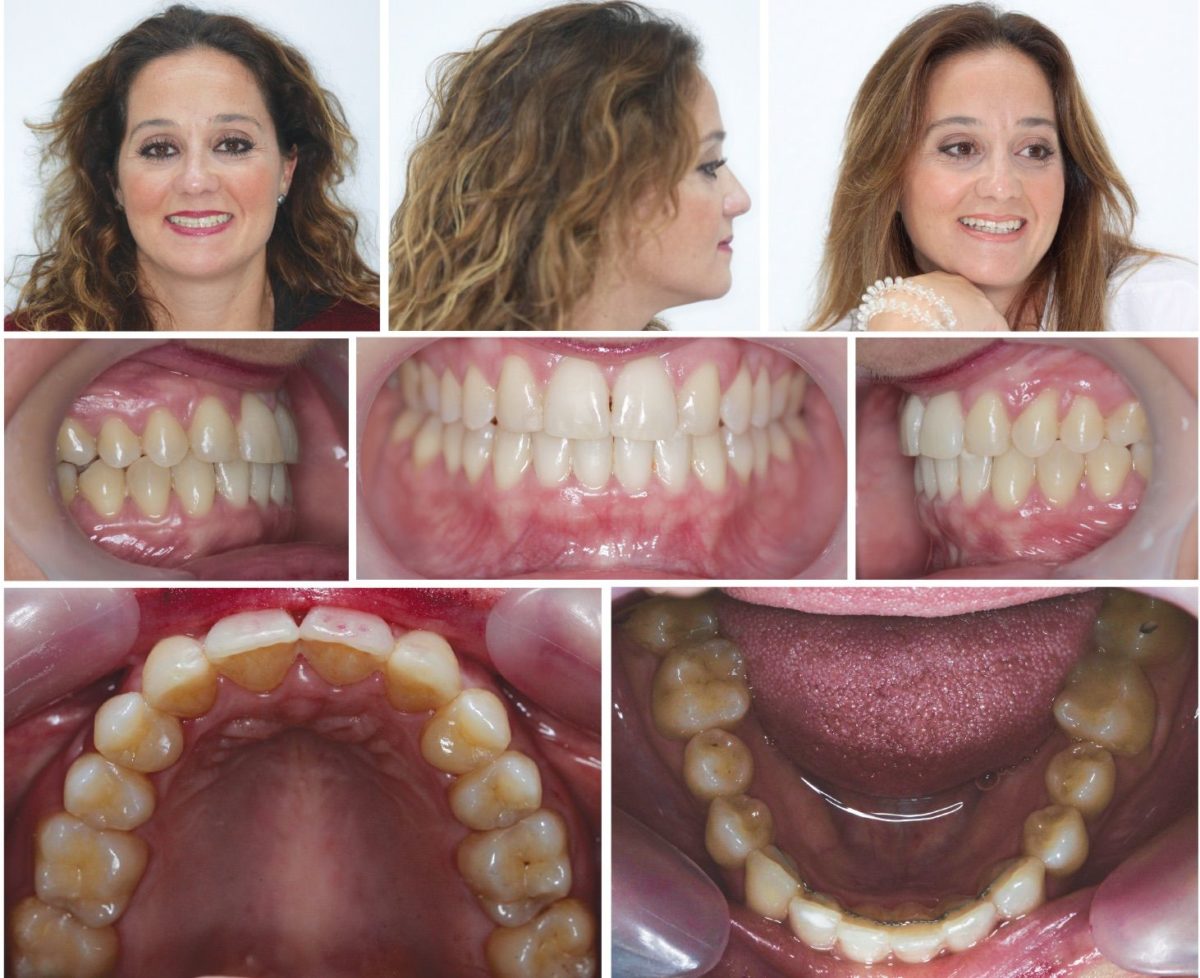
Nonsurgical Treatment Of A Class Iii Malocclusion With Missing Lateral Incisors Orthodontic Practice Us

The Use Of Temporary Anchorage Devices For Orthodontic Treatment Of High Angle Class Iii Malocclusion In A Patient With Impacted Upper Canine Teeth Sciencedirect

Class Iii Malocclusion Flashcards Quizlet

Class Ii Malocclusion Dental Surgery Holistic Dentistry Restorative Dentistry

Therapeutic Management Of A Pseudo Class Iii Malocclusion Case Report Revista Mexicana De Ortodoncia

Clinical Case Nonsurgical Treatment Of Class Iii Malocclusion With Both Anterior And Posterior Crossbites Combined With Impacted And Congenitally Missed Teeth
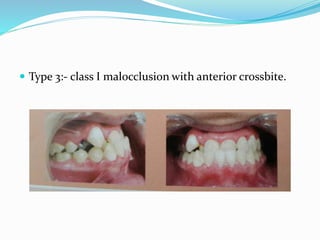
Classification Of Malocclusion

Comparison Of Three Dimensional Soft Tissue Evaluations Between Skeletal And Pseudo Class Iii Malocclusions Scientific Reports

Class Iii Malocclusion Surgical Orthodontic Treatment
When The Class Iii Patient Says No Orthodontic Products
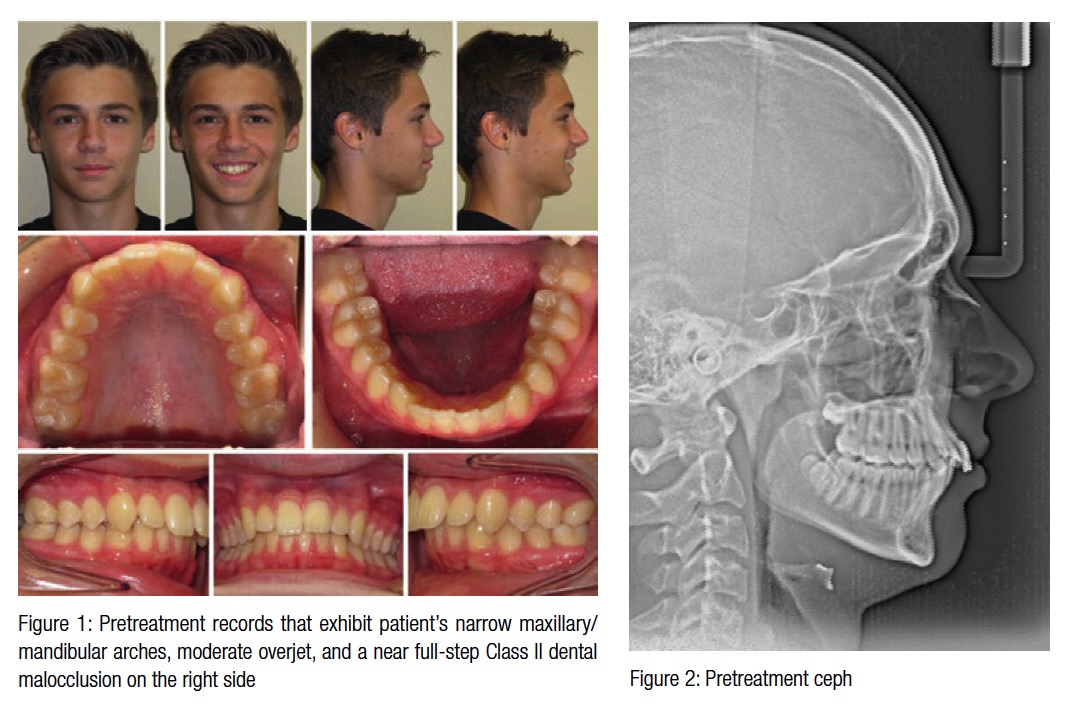
Treatment Of Asymmetrical Class Ii Malocclusion Orthodontic Practice Us

Developing Class Iii Malocclusions Challenges And Solutions Ccide
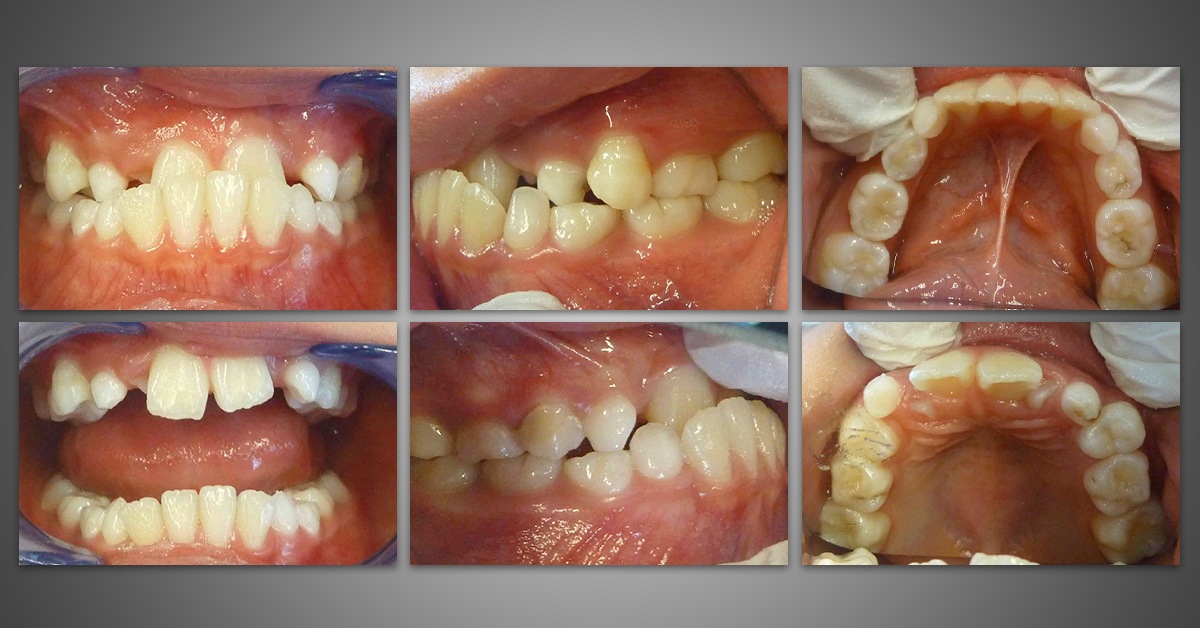
Clinical Analysis Correcting Class Iii Malocclusions With Interceptive Orthodontic Treatment

Developing Class Iii Malocclusions Challenges And Solutions Ccide
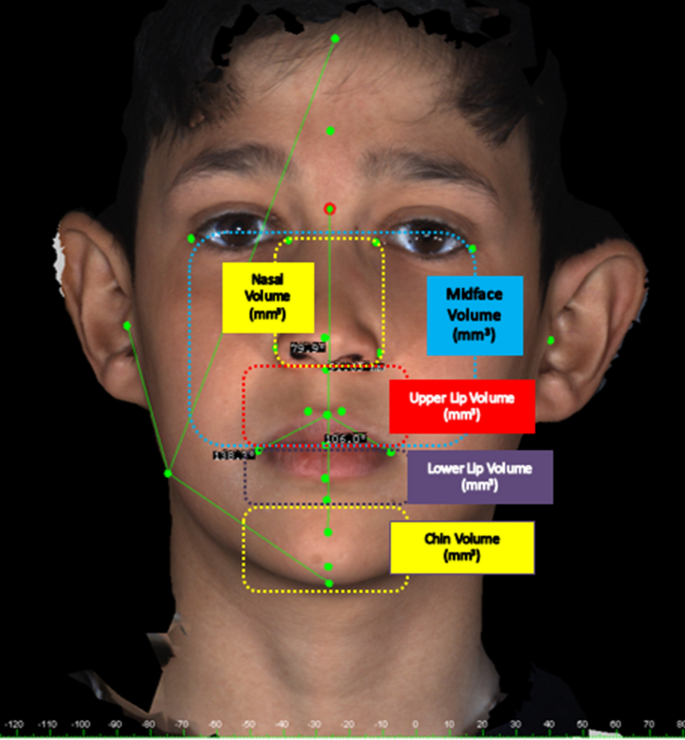
Comparison Of Three Dimensional Soft Tissue Evaluations Between Skeletal And Pseudo Class Iii Malocclusions Scientific Reports
